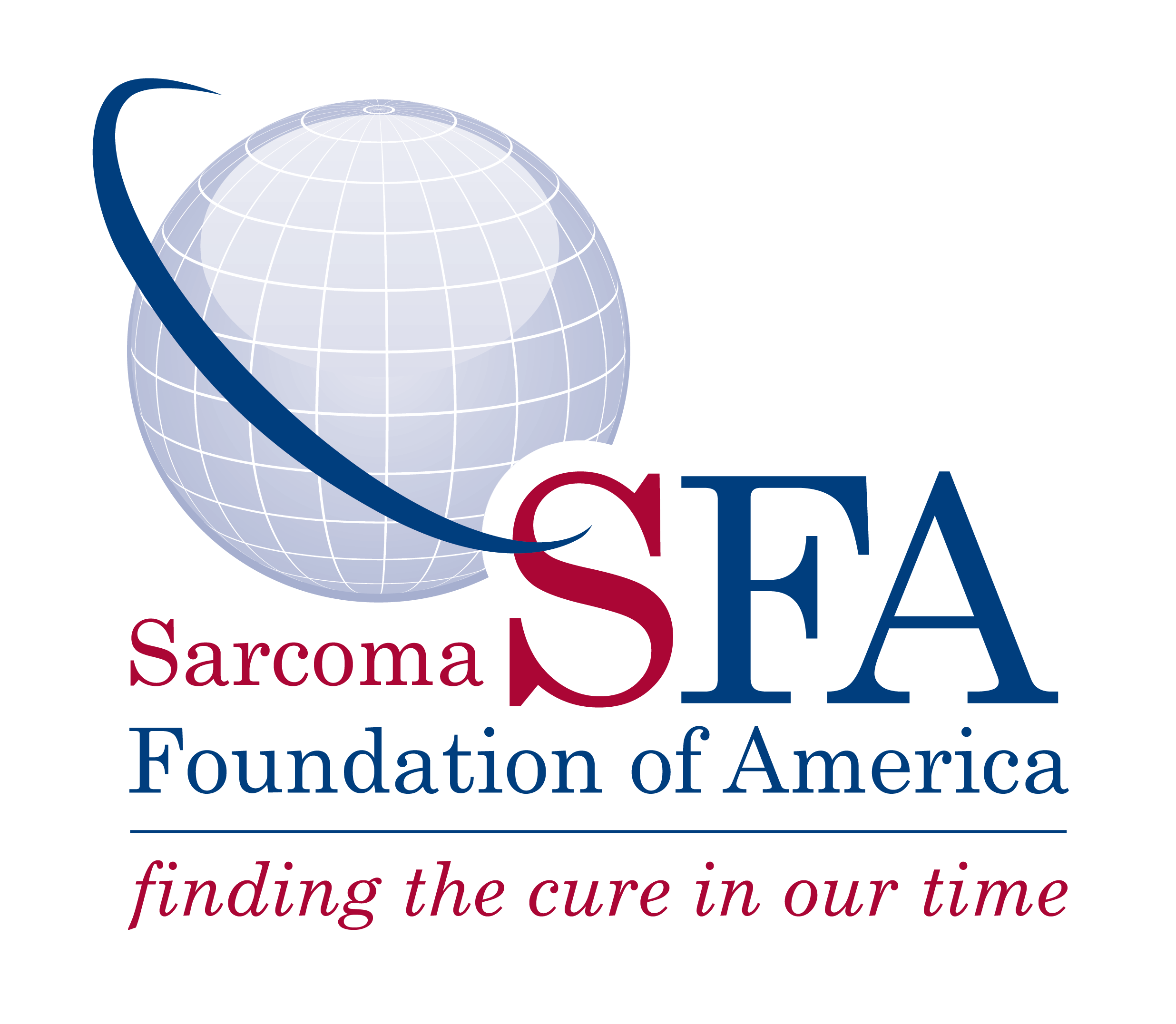Immunotargeting of the prognostic NG2/CSPG4 cell surface proteoglycan in soft-tissue histotypes
NG2/CSPG4 transmembrane proteoglycan (PG) is a multivalent cell surface macromolecule whose impact on tumour growth and dissemination has been extensively documented in a variety of tumours and animal models. The PG is abundantly expressed in numerous soft-tissue sarcoma subtypes where it tightly links to disease progression and evolvement of metastases. Several of our previous studies have highlighted primary mechanisms through which NG2/CSPG4 may enhance malignancy and promote metastasis formation in sarcomas and have established a clear value of the PG a theranostic factor.
With the intent to generate highly unique, proprietary anti-NG2/CSPG4 monoclonal antibodies (mAbs) that could be proposed as potential immunotherapeutic compounds, we have recently created the largest anti-NG2/CSPG4 hybridoma selection worldwide. Following appropriate cellular screens, we discovered that, upon binding to the antigen, a subset of 8 of these mAbs – currently under patenting (PCT/IB2015/059921/Europe/USA) – was capable of inducing apoptosis/autophagy in sarcoma cells, and effectively interfered with sarcoma growth in vivo. Collectively, this series of observations led to the identification of a lead anti-neoplastic antibody (out of the 8 evaluated) for which we are proposing the denomination: “engituzumab” (according to the WHO International Nonproprietary Names guidelines). We aim here to establish the pre-clinical rationale for a direct transfer of the mAbs to a more advanced pre-clinical stage. To this end, we will focus on the following objectives:
1) investigate the molecular mechanisms through the antibody induced apoptosis and autophagy;
2) determine the precise biodistribution and pharmacodynamics of the antibody in rodent “non-metastatic” and metastatic soft-tissue sarcoma models.
To better resolve the detailed molecular mechanisms underlying the pro-apoptotic/pro-autophagic activity of the mAb, immunosorted NG2/CSPG4+ sarcoma cells and their counterpart NG2/CSPG4- ones, stably transfected with a signaling-death NG2/CSPG4 construct, will be exposed to engituzumab and processed for a global phospho-proteomic mapping by combined antibody array and mass spectometry. For detailed pharmacodynamic and biodistributional analyses we will use xenographic/orthotopic implantations and systemic intravenous infusions into athymic nude and NOD-SCID mice. Animals will receive variants of the above described immunosorted NG2/CSPG4+ sarcoma model cell lines that have been engineered to display a dual-tracer (luminescence-fluorescence) IRES-based construct for non-invasive, high-resolution whole-body monitoring of tumour growth and spreading. We envision that the outcome of the study will consolidate the anti-neoplastic nature of a novel immunotherapeutic agent and favor its progression through the necessary preclinical development for reaching clinical experimentation on sarcoma patients.

